
The tenement house at no. 57 Jerozolimskie Ave. (earlier 65 Jerozolimskie Ave.) was erected in 1910 on the order of Piotr Drzewiecki according to a
design by an english architect Arthur E. Gurney. In it's early years, the building was used as a tenement house, but just before World War 1 it was
mostly rented by the gynological and obstetric hospital "Omega", who worked in that location also during the mid-war era. Luckily the building did not
suffer any major damage during World War II, and was later adapted as Children's Hospital under the previous name "Omega". The hospital remained in
the location until 2005. Later the building was rented for minor public services such as shops or bars.
The project includes renovation, reconstruction and superstructure of the tenement house for future apartament use.
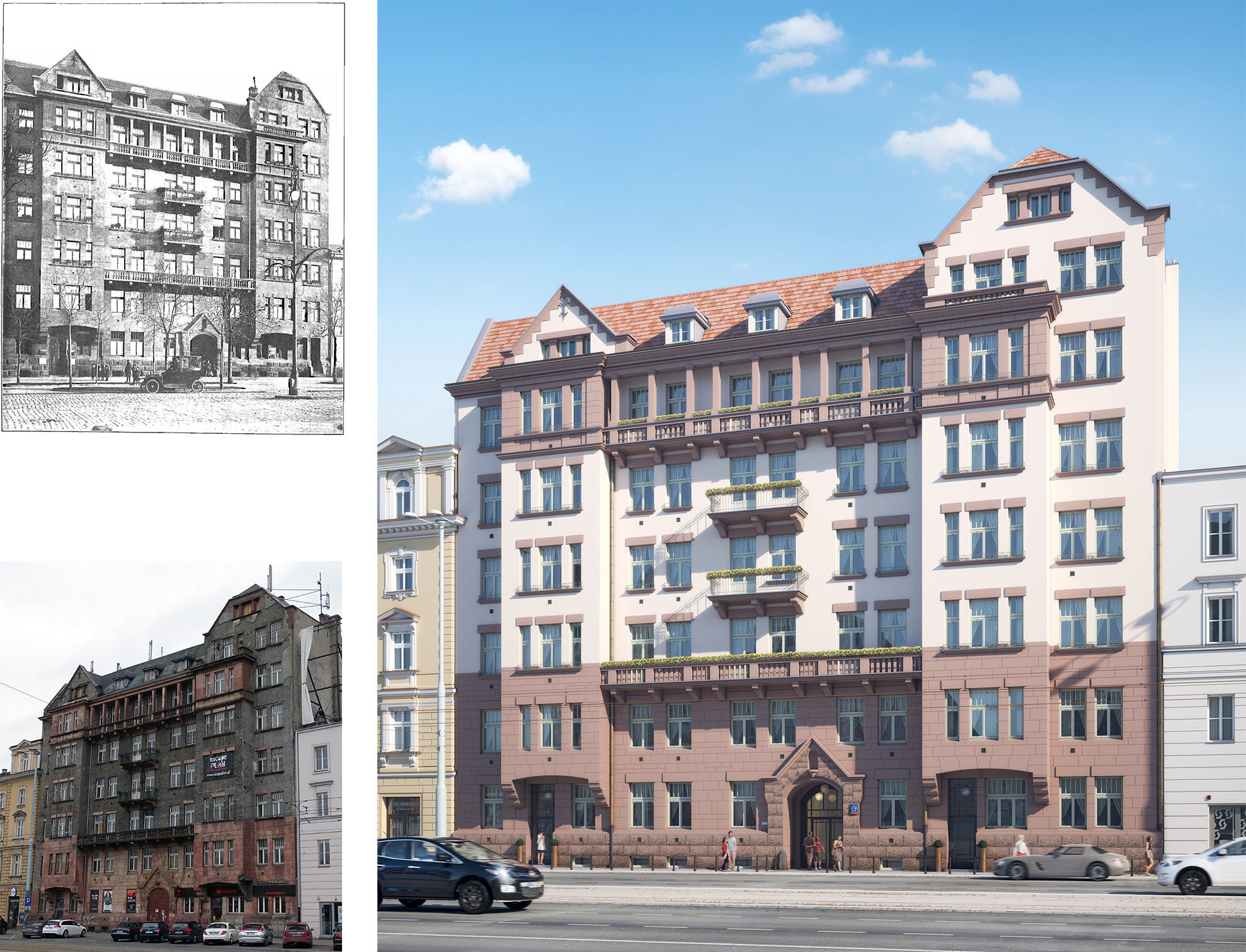
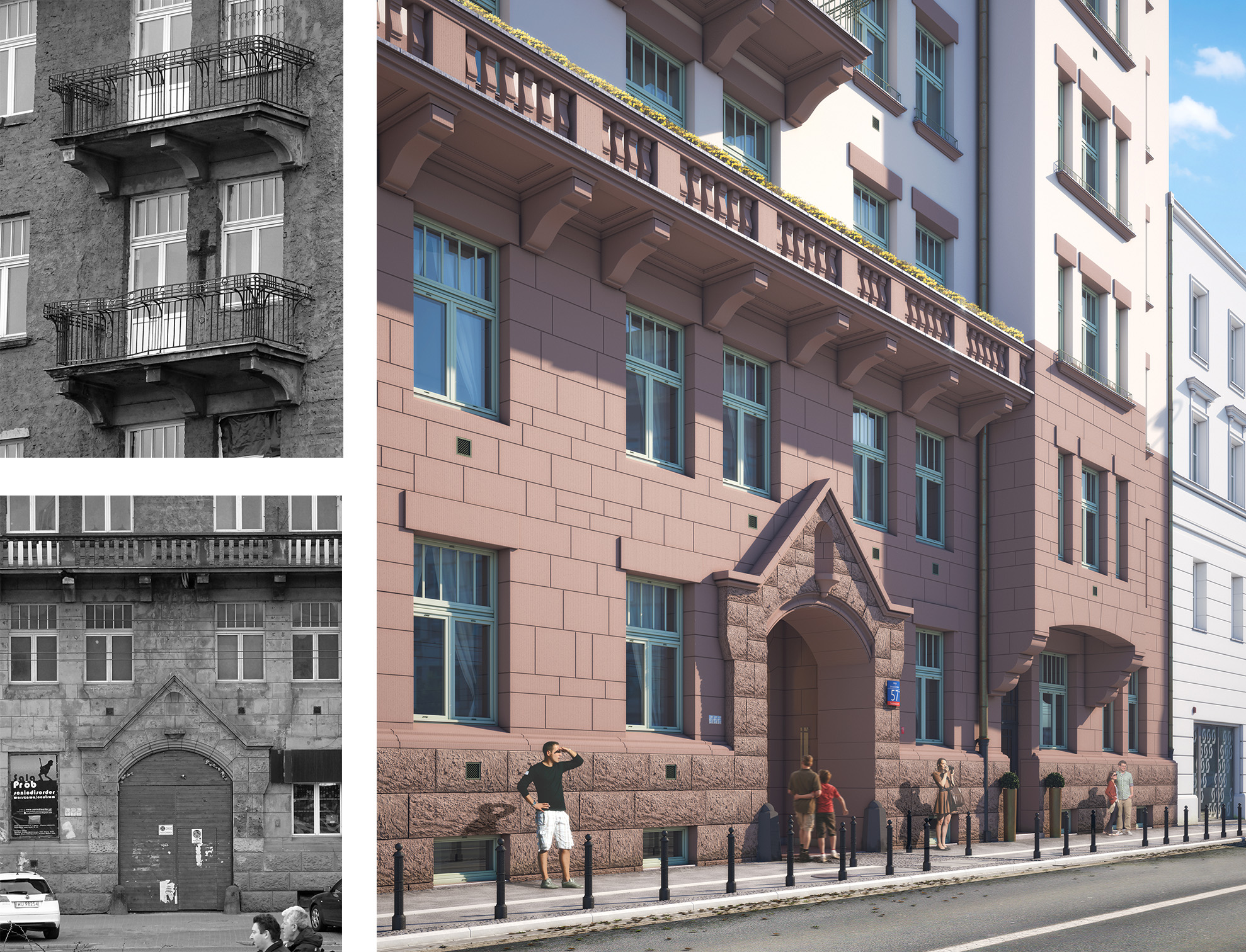
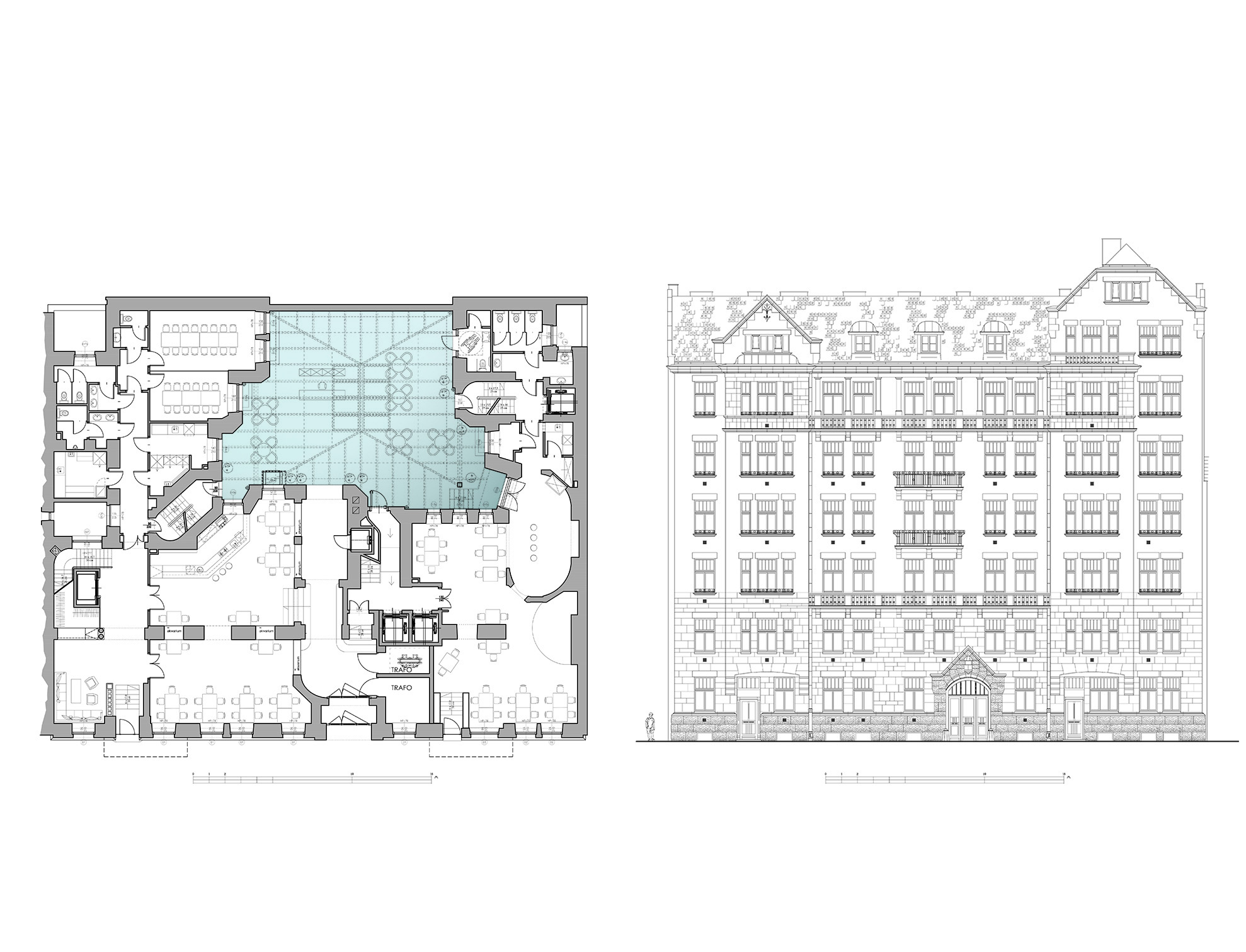
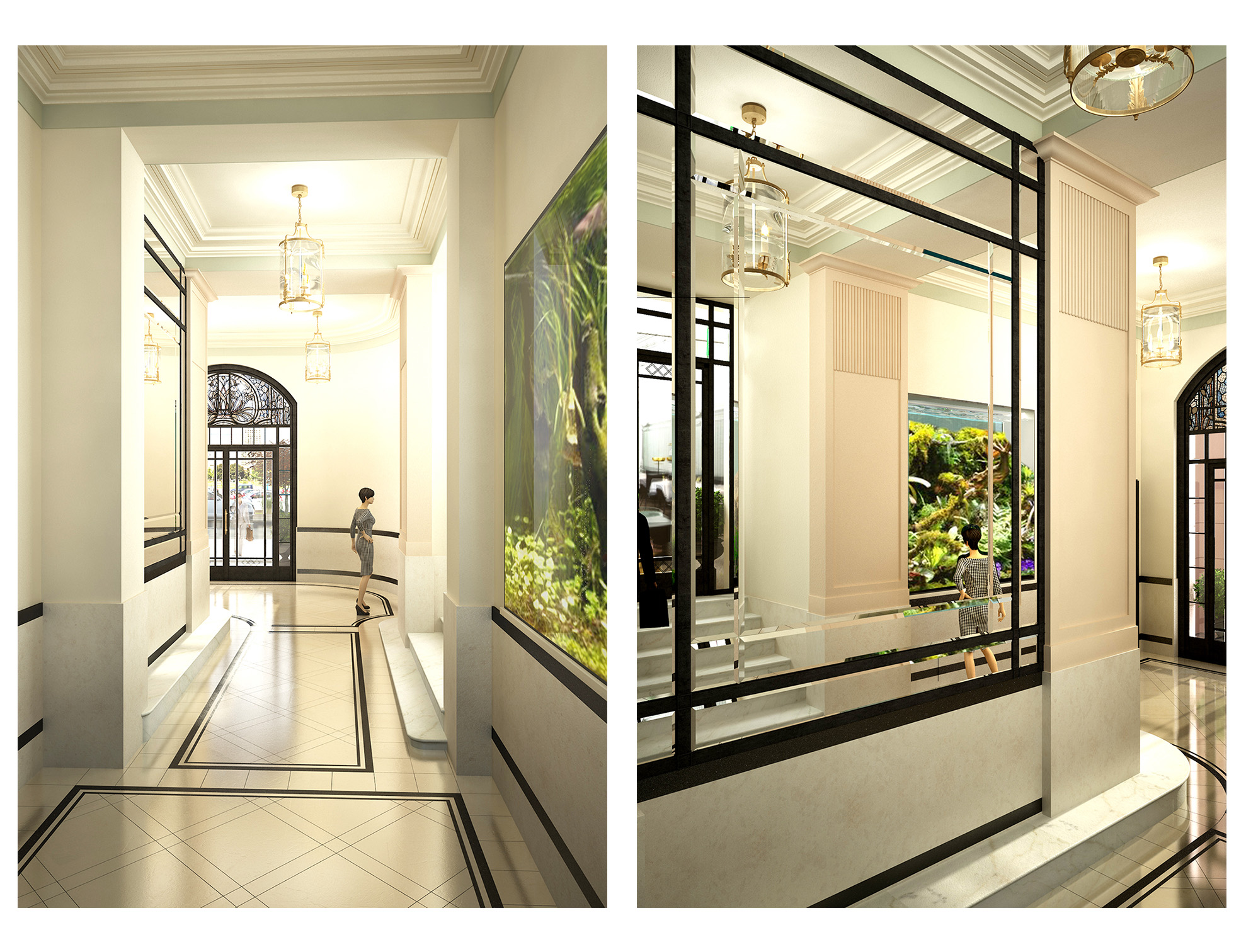
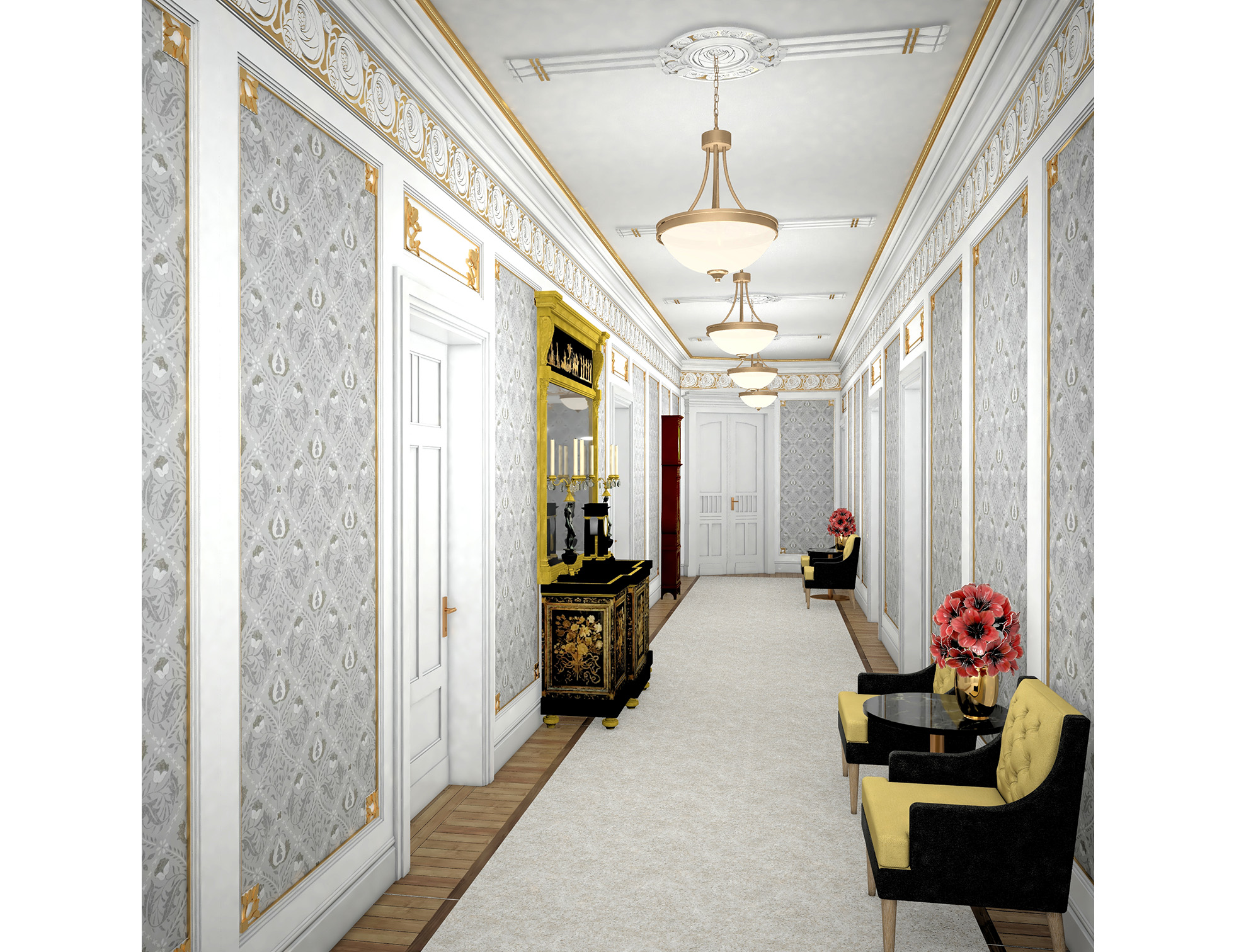
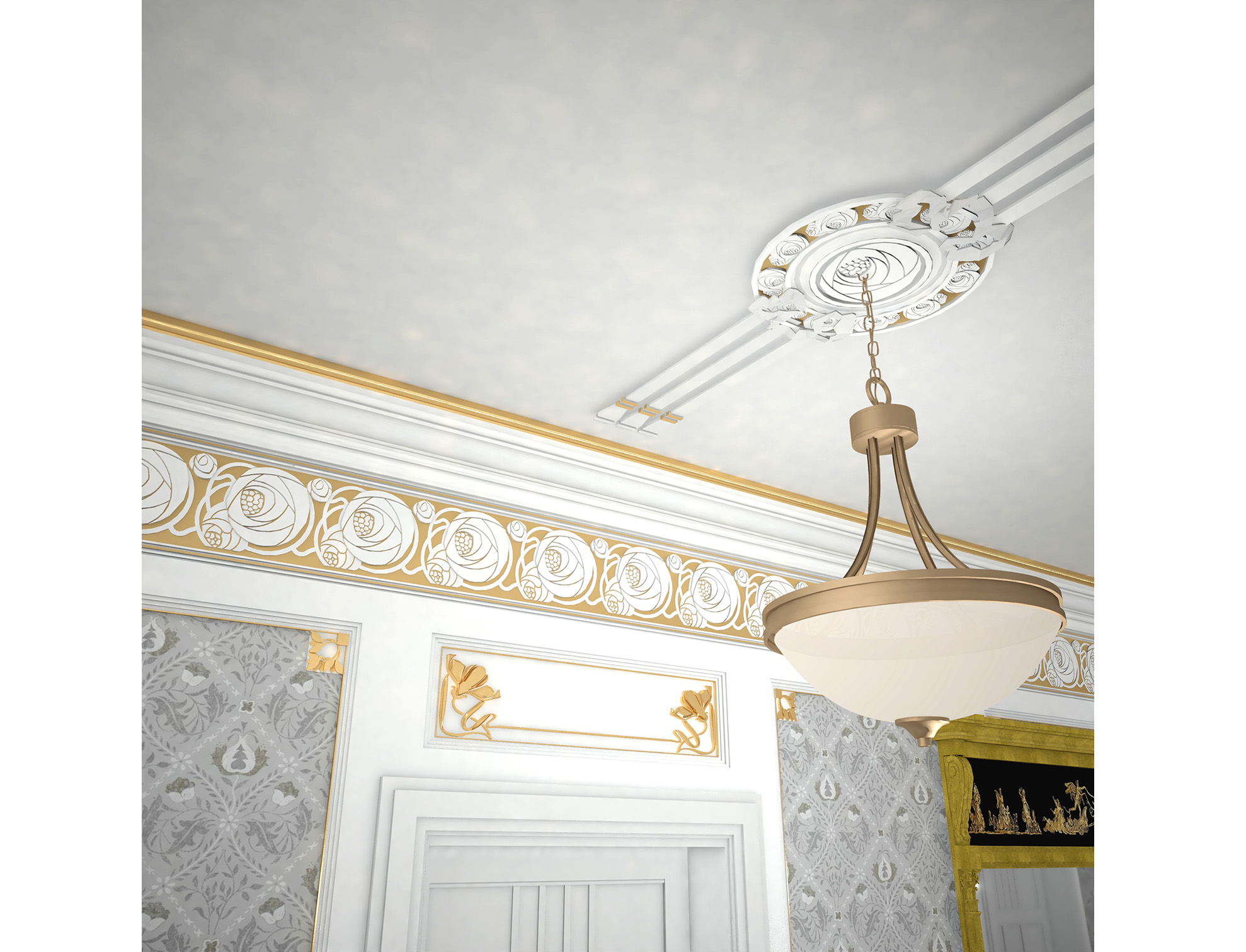
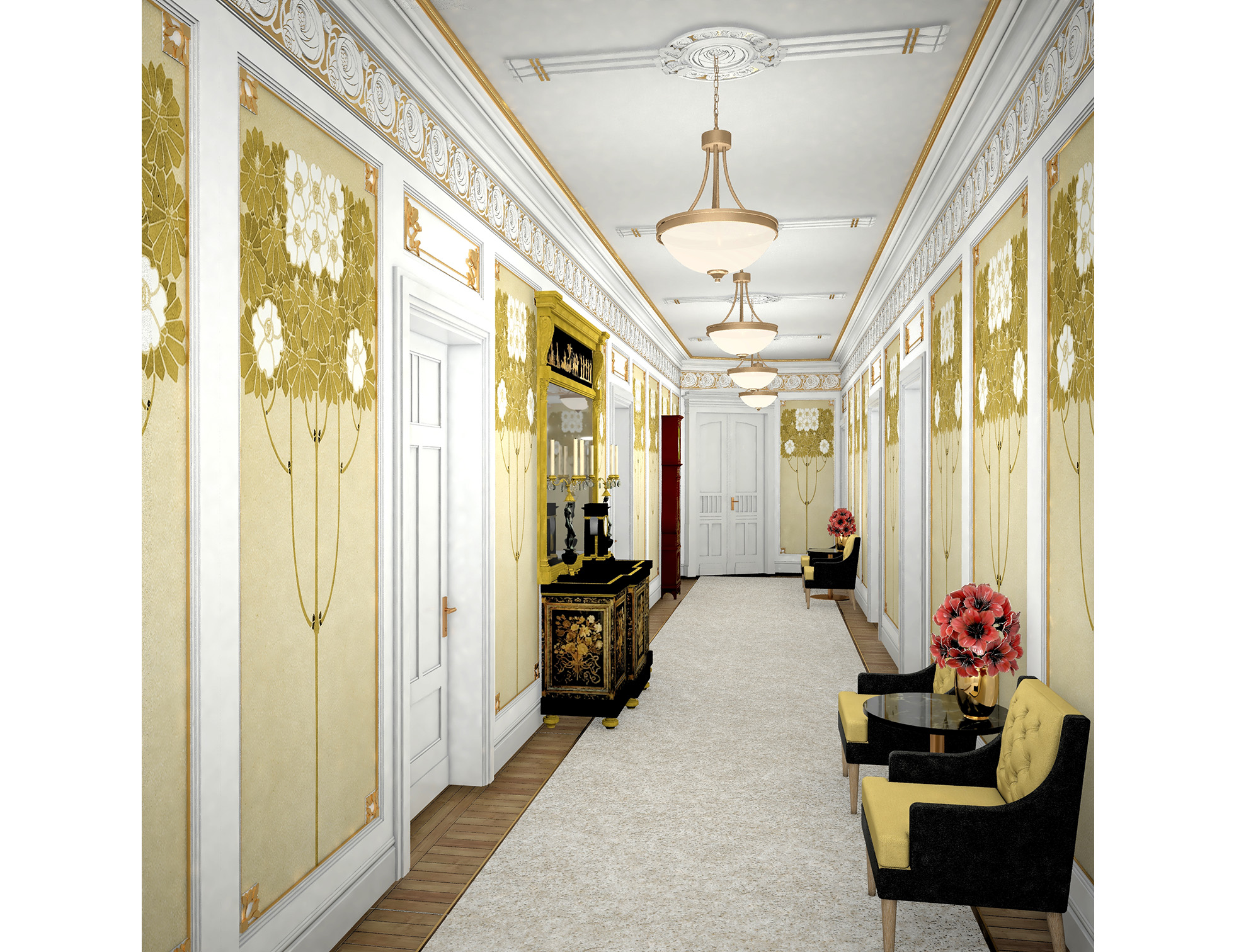
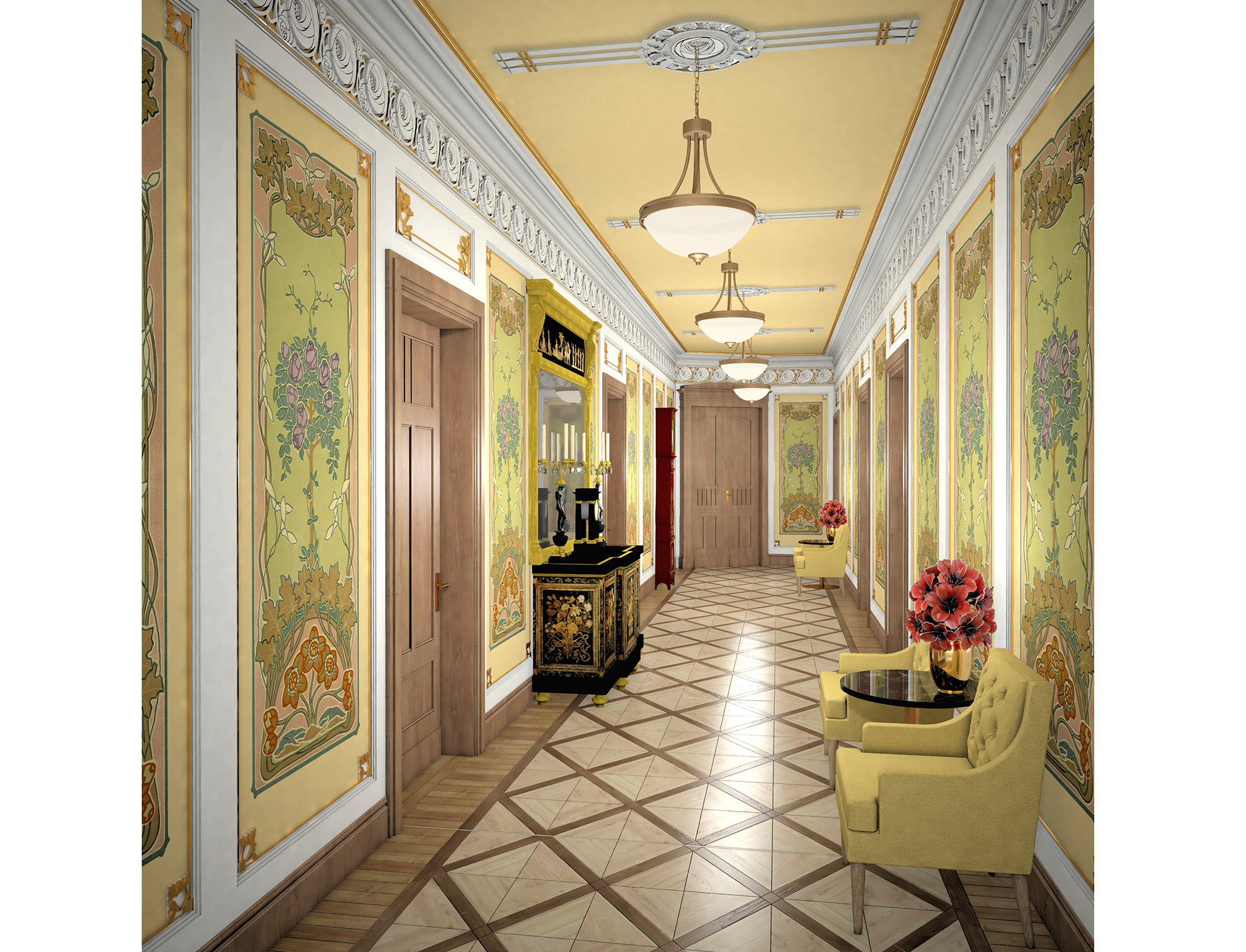
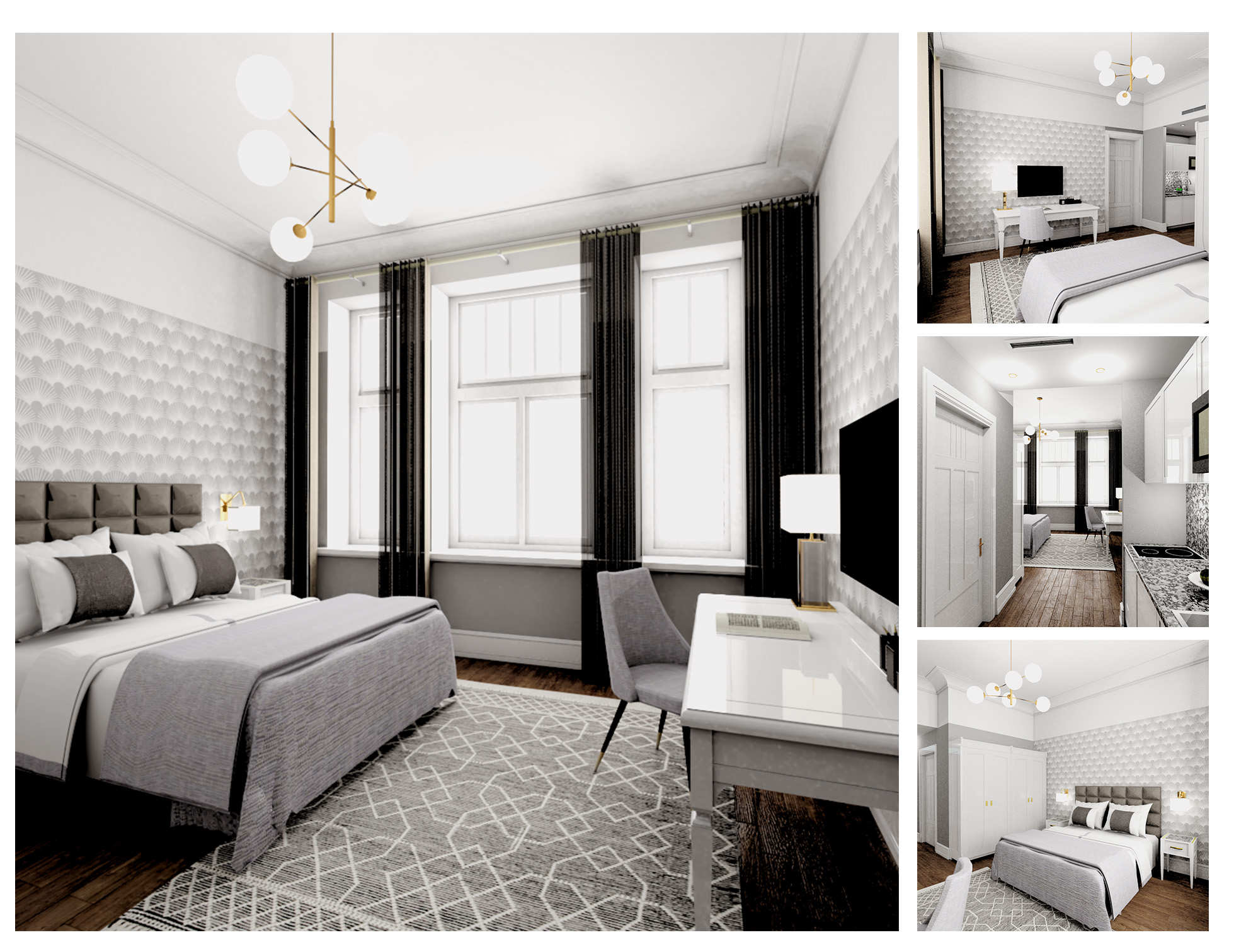
 The tenement house at no. 57 Jerozolimskie Ave. (earlier 65 Jerozolimskie Ave.) was erected in 1910 on the order of Piotr Drzewiecki according to a
The tenement house at no. 57 Jerozolimskie Ave. (earlier 65 Jerozolimskie Ave.) was erected in 1910 on the order of Piotr Drzewiecki according to a